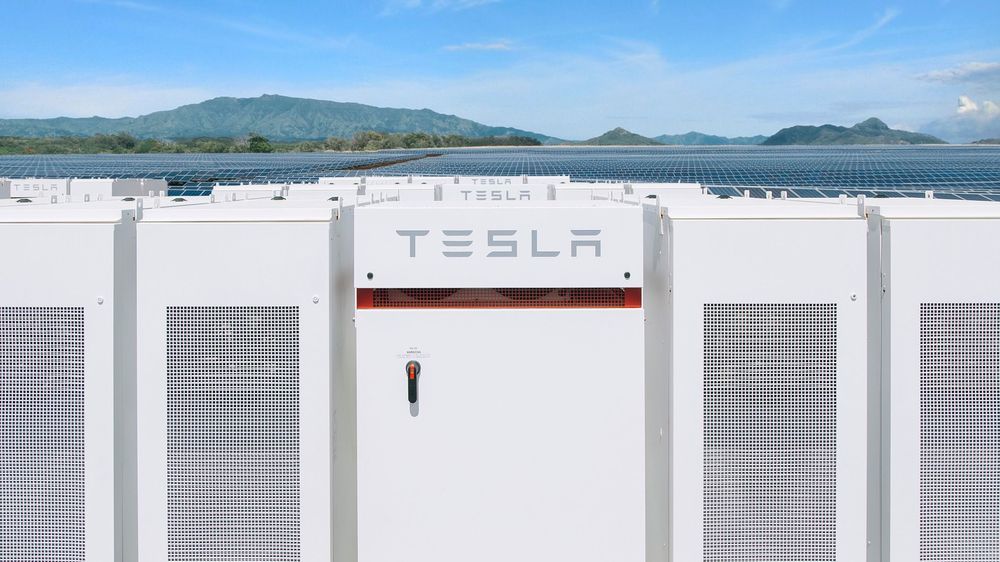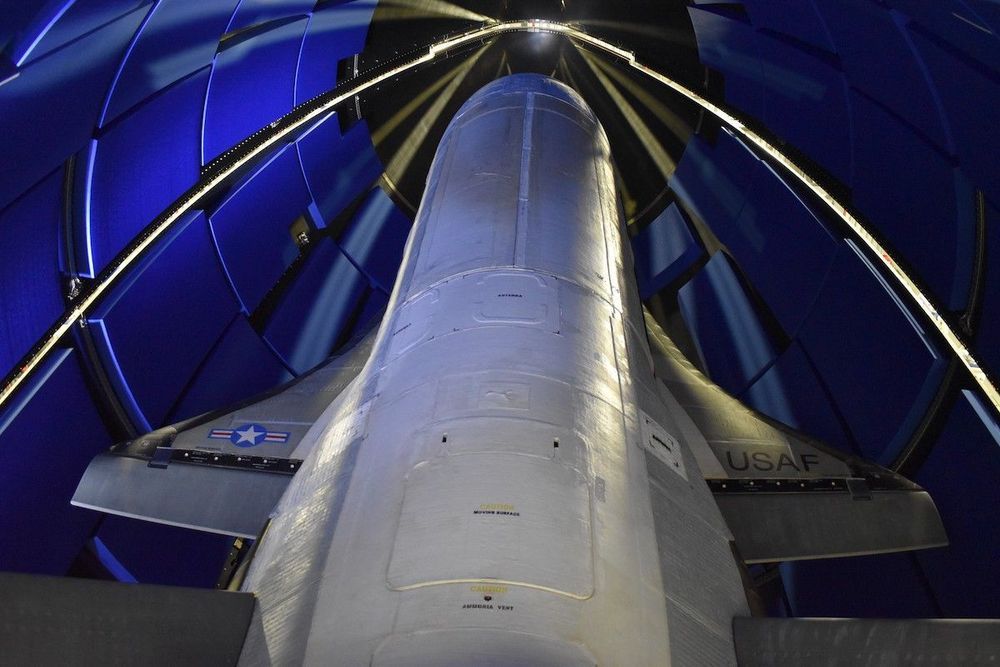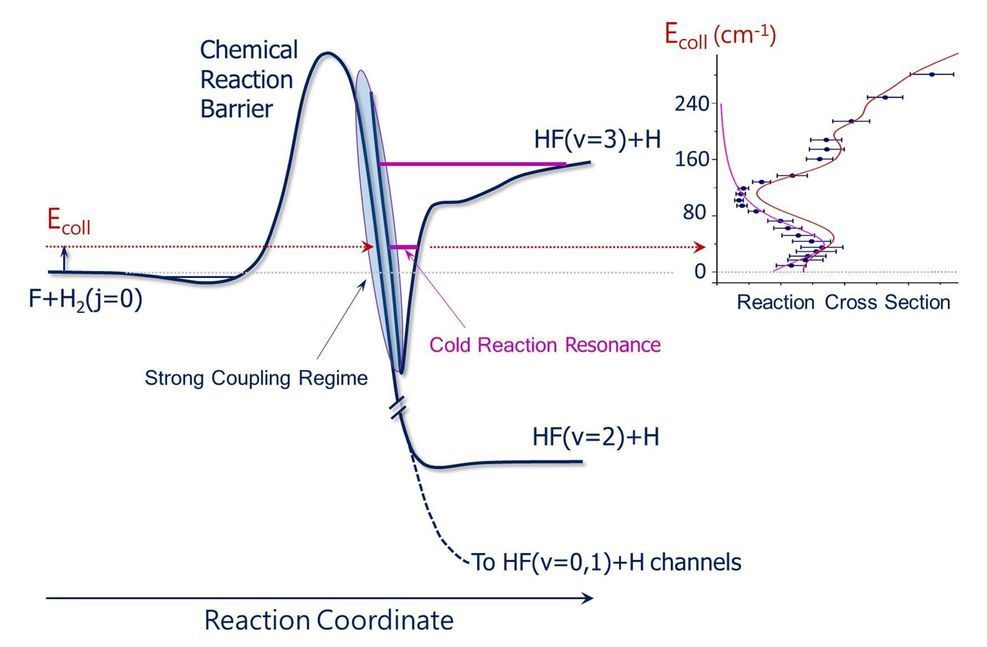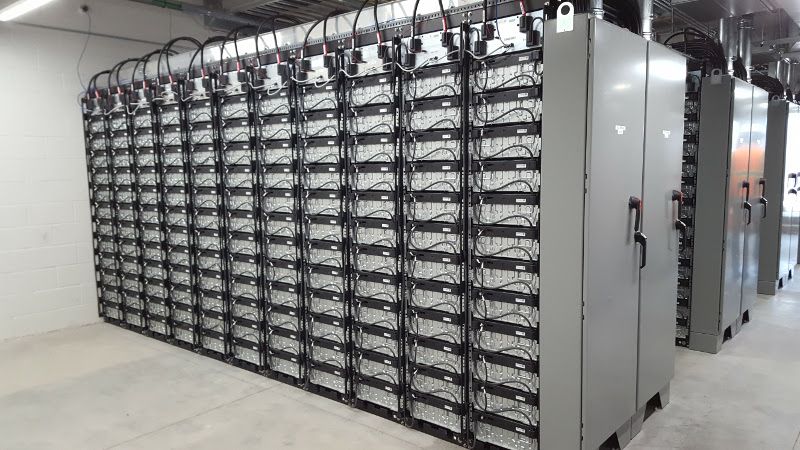Food from electricity, NASA’s attempt to create food from rocket fuel, and other brilliant and bizarre innovations in synthetic foods.




The next flight of the U.S. military’s reusable X-37B spaceplane — scheduled for liftoff May 16 from Cape Canaveral — will carry more experiments into orbit than any of the winged ship’s previous missions, including two payloads for NASA and a small deployable satellite built by Air Force Academy cadets.
Military officials announced new details about the upcoming X-37B mission Wednesday, and confirmed its target launch date of May 16. The Boeing-built spaceplane was mounted on top of a United Launch Alliance Atlas 5 rocket Tuesday inside the Vertical Integration Facility at Cape Canaveral’s Complex 41 launch pad.
The unpiloted spacecraft launches inside a payload shroud on top of a conventional rocket, unfurls a power-generating solar array in orbit to generate electricity, and returns to Earth for a runway landing like NASA’s retired space shuttle.
In what will surely divide the e-cycling world, Delfast has updated its latest high-speed electric bicycle. The Top 2.0 is a high power, 50 mph (80 km/h) e-bike that pushes the limits of electric bicycles.

Recently, Prof. Yang Xueming from the Dalian Institute of Chemical Physics of the Chinese Academy of Sciences and Prof. Yang Tiangang from the Southern University of Science and Technology discussed significant advances in the study of quantum resonances in atomic and molecular collisions at near absolute zero temperature. Their article was published in Science on May 7.
The rules of quantum mechanics govern all atomic and molecular collision processes. Understanding the quantum nature of atomic and molecular collisions is essential for understanding energy transfer and chemical reaction processes, especially in the low collisional energy region, where quantum effect is the most prominent.
A remarkable feature of quantum nature in atomic and molecular collision is quantum scattering resonances, but probing them experimentally has been a great challenge due to the transient nature of these resonances.

Circa 2013 o.o
Rheinmetall Defense Electronics unveiled their new “Gatling Laser” which can be mounted on ships as part of a new sea-based anti-drone laser system. The four 20 kilowatt lasers fire simultaneously as a single powerful 80 kilowatt beam. The firm boasts units can even be combined for ‘unlimited’ power. The Gatling laser can reportedly shoot down a drone at 500 meters.

Circa 2020 o.o
China’s military is soliciting would-be suppliers for a new airborne laser weapon. Notices on a government website invited defense contractors to provide information on an airborne laser attack pod. Depending on the level of power, the pod could be used to defend a friendly aircraft from incoming missile threats or destroy enemy aircraft and ground targets. Laser weapons are the next revolution in aerial warfare and could make dogfighting obsolete.
According to the South China Morning Post, weain.mil.cn, the official weapons and equipment procurement website of the People’s Liberation Army (PLA) published two solicitations to contractors, one titled, “procurement plan for airborne laser attack pod” and the other “price inquiry on procurement plan for controlling software module of laser attack platform.” The solicitations, marked confidential, invited China’s defense firms to bid to develop the items. The Pentagon uses a similar system to procure weapons, equipment, and other technology.

analysis from BloombergNEF (BNEF) highlights that for applications requiring two hours of energy, batteries are beating gas peaker plants. While the 2019 LCOE benchmark for lithium-ion battery storage hit US$187 per megawatt-hour (MWh) already threatening coal and gas and representing a fall of 76% since 2012, by the first quarter of this year, the figure had dropped even further and now stands at US$150 per megawatt-hour for battery storage with four hours’ discharge duration.
The cost of battery energy storage has continued on its trajectory downwards, making it more and more competitive with fossil fuels. That in itself will come as no surprise to many in the industry. As we wrote last week, analysis from BloombergNEF (BNEF) highlights that for applications requiring two hours of energy, batteries are beating gas peaker plants. While the 2019 LCOE benchmark for lithium-ion battery storage hit US$187 per megawatt-hour (MWh) already threatening coal and gas and representing a fall of 76% since 2012, by the first quarter of this year, the figure had dropped even further and now stands at US$150 per megawatt-hour for battery storage with four hours’ discharge duration.
Andy Colthorpe spoke to Tifenn Brandily, BNEF’s lead author of the latest LCOE report, which covers solar, wind and more than 20 other technologies including battery storage from 47 regional markets around the world.
Let’s talk about how you derive the LCOE and the benchmark. I understand also that it varies a bit around the world and the US$150/MWh is an average figure?
To start with an analogy: you can think of a battery energy storage power plant just like a gas-fired power plant. It has a fuel cost, and the fuel cost of the battery is the electricity you have to pay for to charge the battery.
When we first covered the high-power Delfast TopCop electric bicycle, the company was still pitching its bikes to various police departments around the world. Now we’re hearing some of the first feedback from actual cops who have incorporated the e-bikes into their daily service.
Tesla has made even more battery improvements on its new ‘million-mile battery’ now with less cobalt, which could result in lower cost and even more energy density.
Last year, we were the first to report on Tesla’s battery research partner, Jeff Dahn and his team at Dalhousie University, unveiling the impressive results of tests on a new battery cell that could last over 1 million miles in an electric vehicle.
The new battery tested is a Li-ion battery cell with a next-generation “single crystal” NMC 532 cathode and a new advanced electrolyte, which they patented.